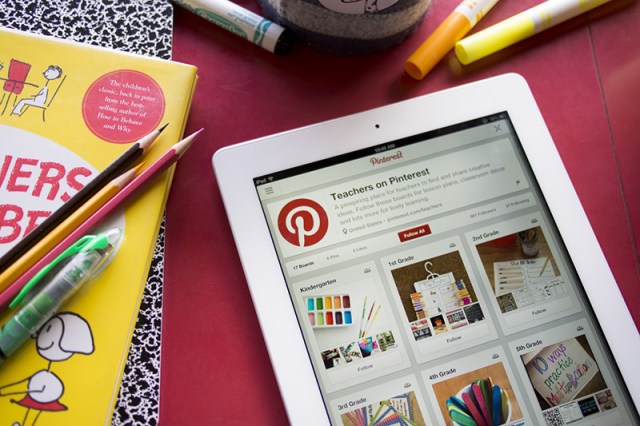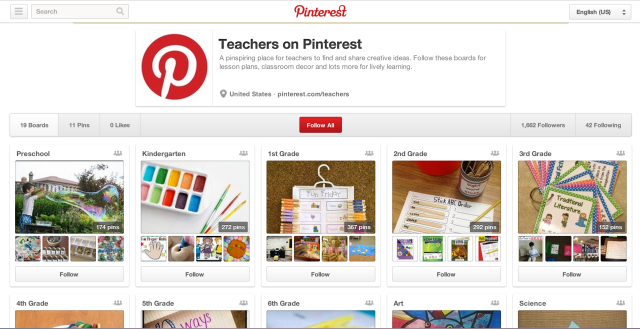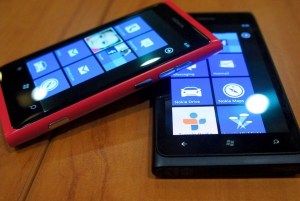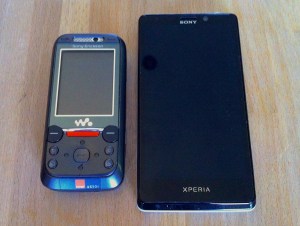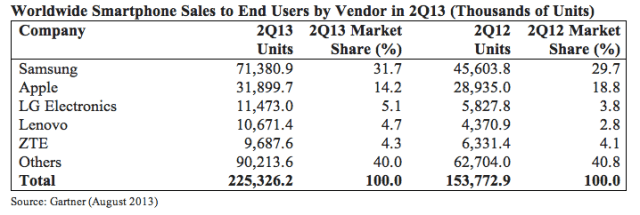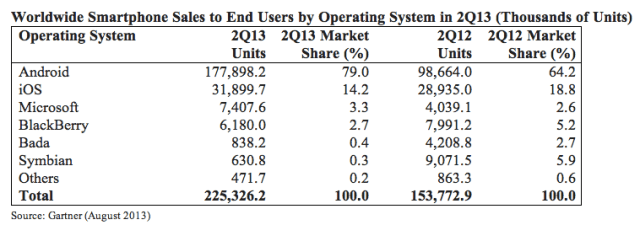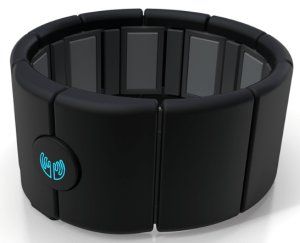While recent rumors have hinted that Motorola will make Google’s Nexus 5, a new tip suggests that the search engine giant will stick with LG for its Nexus 4 successor. According to a report from Korea, LG will manufacture the purported Nexus 5 in time for an October launch.
We’re skeptical on this rumor since LG denied that it would be making a new Nexus phone, but Korean site MyDrivers insists that multiple news outlets in Korea are reporting the opposite. What’s more interesting, however, is that Google and LG reportedly plan to keep the same pricing strategy as the Nexus 4.
MORE: 10 Amazingly Dumb Things We Do with Smartphones
According to the report, which we translated from Chinese, the Nexus 5 is likely to come with a Qualcomm Snapdragon 600 processor rather than an 800 if Google keeps the $299 for 8GB and $349 for 16GB price points. The current generation Nexus 4 runs on a Qualcomm Snapdragon S4 Pro.
We’re skeptical on this rumor since LG denied that it would be making a new Nexus phone, but Korean site MyDrivers insists that multiple news outlets in Korea are reporting the opposite. What’s more interesting, however, is that Google and LG reportedly plan to keep the same pricing strategy as the Nexus 4.
MORE: 10 Amazingly Dumb Things We Do with Smartphones
According to the report, which we translated from Chinese, the Nexus 5 is likely to come with a Qualcomm Snapdragon 600 processor rather than an 800 if Google keeps the $299 for 8GB and $349 for 16GB price points. The current generation Nexus 4 runs on a Qualcomm Snapdragon S4 Pro.
Like its predecessor, the Nexus 5 will allegedly come with 2GB of RAM but will get a camera upgrade to 10 megapixels as opposed to the Nexus 4’s 8 megapixel sensor. The report also mentions that Google plans to upgrade the display from the Nexus 4’s 4.7-inch WXGA display to a 5-inch 1080p touch screen and will feature a design similar to the new LG G2.
Rumors concerning the Nexus 5 have been inconsistent throughout the past few months, with reports flip flopping between Motorola and LG. Just last week, Motorola tipster Taylor Wimberly posted to Google+ that the Google-owned company would manufacture the new Nexus smartphone, but none of this information has been confirmed.
Rumors concerning the Nexus 5 have been inconsistent throughout the past few months, with reports flip flopping between Motorola and LG. Just last week, Motorola tipster Taylor Wimberly posted to Google+ that the Google-owned company would manufacture the new Nexus smartphone, but none of this information has been confirmed.




































